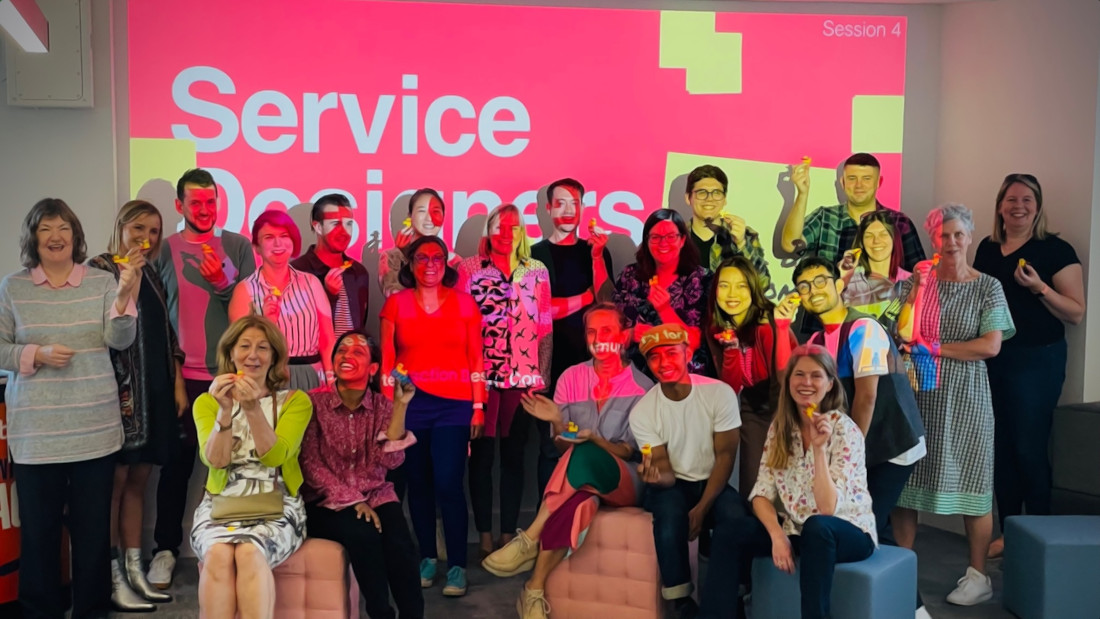The traditional model of higher education is being challenged and the questions people are asking can often be answered with human-centred design.
It might seem from outside that the way higher education institutions operate in quite different ways, with each having its own approach and unique ways of working.
Last year I was fortunate to spend a day at the University of Manchester with the Service Design in Education network. The group’s mission is to “change education for the better using human centred design processes”.
Listening to the conversations on that day many of the issues raised sounded very similar, from one HE institution to another.
Here, I’ve expressed them using the ‘how might we’ format that we designers love so much.
1. How might we improve student experiences?
These days, students expect more from universities, and behave more like customers.
They’re more likely to ask about value for money. After all, they're making one of the biggest financial commitments of their lives.
And they want to get the best possible experience during those precious, expensive years in higher education.
As a result, institutions find themselves in transition from traditional educational establishments to educational service providers.
2. How might we increase the pace of digital transformation and innovation?
There’s no doubt the COVID-19 pandemic accelerated digital transformation across the whole of society. In the UK, one area to be transformed was higher education.
Almost overnight, the way teaching was delivered changed. Universities closed their campus doors, then opened online spaces where students connected, shared and learned.
Most institutions now face a double challenge.
They’re dealing with legacy systems while exploring the possibilities of evolving technologies to improve the way they operate, and the learning experiences they provide.
Often, IT and delivery teams are bogged down in bureaucracy, with insufficient capacity or capability to tackle both.
3. How might we improve operational efficiency?
At the same time, institutions face the cost challenges of inflation and interest rates.
This puts them under pressure to increase tuition fees, while the marketplace for students becomes more competitive.
Something has to give. Pushing operating costs down is one way to make room for manoeuvre.
4. How might we increase collaboration?
Complex departmental structures and teams working separately leads to organisational silos. This often resulting in duplication of efforts and wasted resources.
Non-collaborative environments increase frustration and decrease morale among faculty, staff and students.
Invisible organisational barriers alienate individuals and lead to them feeling devalued. It makes them feel disconnected from the larger mission of the organisation. And, ultimately, creates frustration and increases staff turnover.
Say Hello to ‘Human centred’ design
In many ways, the questions above boil down to age-old challenges: how do we increase value and efficiency, while reducing risk and cost?
A human-centred design mindset helps us tackle these challenges head on.
Human-centred design (HCD) is an approach focused on users' needs and experiences. It included users in the design process to ensure products or services are desirable, feasible and viable.
Equipping tutors, teachers, HE managers and HE administrators with the practical insights needed to adopt human-centred mindsets will help them transform their organisations in a number of ways.
- Understanding student journeys, identifying pain points and prioritising improvements, so value can be delivered efficiently and effectively.
- Designing end-to-end services that meet student needs, to ensure organisations create more inclusive, accessible and effective learning environments.
- Involving stakeholders, such as educators, administrators and students, to break through operational silos and build a more cohesive joined-up approach.
By focusing on an agile delivery and continuous improvement institutions would be able to respond quickly to evolving technological and educational trends.
How we’re bridging the gap
SPARCKies have been helping bridge the gap between education and industry by giving guest lectures, running design workshops, providing project support and mentoring students in several UK universities.
We also co-run a meet-up called Service Designers Connect in collaboration with Nottingham Trent University. Our aspiration has been to raise the profile of service and interaction design in the East Midlands.
This month, we’ll be hearing from higher education professionals Radka Newton, Jean Mutton and Owen Beer.
They’ll be talking about how they’ve been using service design mindsets and methods to improve collaboration, break down institutional silos, and enable teams to see the bigger picture.
Come along and say hello – I’d love to see you there.
Or get in touch to find out how we can help your higher education institution do better with less, by design.
The next round of Service Designers Connect will take place on Thursday 25 January at the Nottingham Trent Dryden Enterprise Centre at 6 pm.



